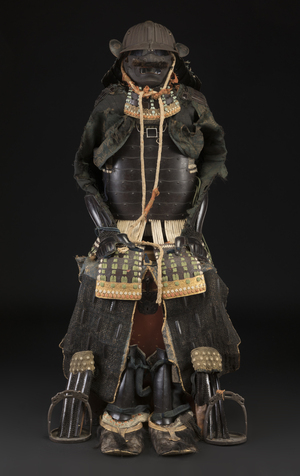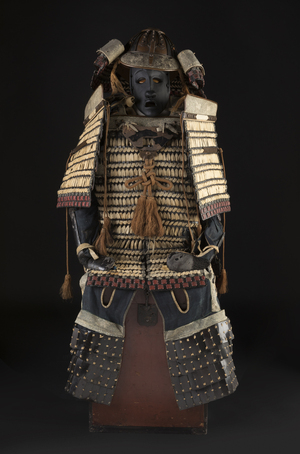Two samurai armors from the Edo period (18th century) at auction at Setdart
If you are passionate about Japanese arts and culture, you can’t miss the Oriental Art auction that we are holding at Setdart on October 10, in which two fantastic examples of samurai armor from the Edo period, 18th century, will be auctioned.
Both pieces perfectly exemplify the teachings that the gusoku-shi (master armor craftsmen) poured into this type of protection and help to understand the role of the samurai in the evolution of imperial Japan, a society defined by instability and continuous power struggles between the different existing clans.
In Setdart we want to delve into the fascinating era of the samurai and, to do so, we bring you 7 curiosities that will allow you to better understand how the armor was and what role these warriors played in Japanese society:
- The samurai or bushi had a strict code of ethics known as bushido. Translated as “the way of the warrior”. It was a code that demanded discipline, loyalty and honor until death.
- The armors have been catalogued by experts as unique and exclusive pieces. They have become an object of desire for collectors of Asian art, who do not hesitate to invest large amounts of money in order to acquire one of these pieces.
- The manufacture of armor became so complicated that by the 19th century it was considered an independent art known as “odoshi-gei”.
4. Armor evolved to better adapt to the needs of battle. Thus, they were initially made of iron and were later combined with other materials such as leather or silk, providing greater lightness.
5. The yoroi armor or “great armor”, like the ones we auctioned, was a type of protection that covered the whole body, from head to toe. It even had an iron mask that covered all or part of the face and was intended to simulate a demon in order to intimidate opponents.
6. Some armor weighed more than 30 kg, which implied great physical and mental strength on the part of the warrior.
7. In peaceful periods such as Edo, the armor lost its protective character and became an identifying symbol of each clan. Thus, codes of how to wear it and how to wear it were created, and it became a showcase for the arts of many artisans.







